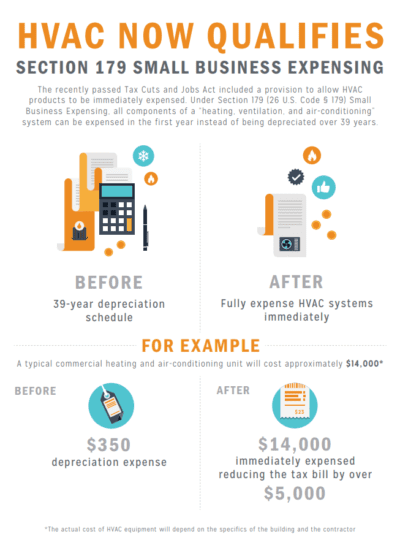Discover Methods To Maintain The Performance And Longevity Of Your Heatpump System By Protecting Against Common Installation Errors
Discover Methods To Maintain The Performance And Longevity Of Your Heatpump System By Protecting Against Common Installation Errors
Blog Article
Uploaded By-Lykke Gillespie
When mounting a heat pump, you have to steer clear of usual errors that could threaten its efficiency. Neglecting view it may lead to ineffectiveness and higher utility prices. Ignoring insulation and securing can lead to power wastage and stress on the system. In addition, positioning the outdoor device incorrectly might impact its performance. By staying clear of these mistakes, you can guarantee optimal functioning and sturdiness of your heatpump system.
Improper Sizing of Heat Pump
When it involves the installment of heat pumps, among the most typical mistakes is poorly sizing the device for your space. Making certain the ideal dimension is important for optimum efficiency. If the heatpump is too little, it will struggle to warmth or cool your space successfully, leading to enhanced energy costs and potential wear and tear on the unit.
On the other hand, if the heatpump is as well large, it will certainly cycle on and off often, triggering temperature changes and reducing its lifespan.
To avoid whole house heat pump , it's necessary to have a professional assess your area and suggest the suitable dimension of the heat pump based on elements like square video, insulation, ceiling elevation, and regional environment. By spending the moment and initiative to guarantee the appropriate sizing, you can take pleasure in a comfortable atmosphere while taking full advantage of energy efficiency and prolonging the life-span of your heat pump.
Inadequate Insulation and Sealing
To make sure the efficient procedure of your heat pump, it's important to resolve poor insulation and securing in your room. Correct insulation assists keep a consistent temperature level inside, decreasing the work on your heatpump. Insufficient insulation can lead to power loss, making your heat pump work harder and much less effectively.
Securing any kind of spaces or leakages in your room is similarly crucial. https://www.contractingbusiness.com/commercial-hvac/article/21148999/contractors-explain-implementing-bipolar-ionization-equipment-against-covid enable conditioned air to escape and outside air to permeate in, compeling your heatpump to make up for the temperature fluctuations.
Wrong Placement of Outdoor Device
Addressing the placement of your heatpump's exterior unit is essential to enhancing its efficiency. Installing the exterior system in an incorrect area can lead to efficiency problems and possible damages to the unit.
One typical error to avoid is placing the outdoor unit too close to a wall or other frameworks. This can restrict airflow, triggering the unit to function harder to warm or cool your space, ultimately minimizing its performance and lifespan.
An additional mistake to stay away from is positioning the outdoor system in straight sunshine. While some sunshine is inevitable, too much direct exposure can lead to getting too hot, particularly during hot summertime days. It's ideal to position the exterior unit in a shaded area to help keep its ideal operating temperature level.
In addition, see to it that the exterior unit is placed on a steady and degree surface. https://simple-green-gutter-clean84061.vblogetin.com/36809336/picking-the-appropriate-heat-pump-repair-service-solution-crucial-questions-to-take-into-consideration can cause vibrations and unneeded strain on the system, impacting its performance with time.
Conclusion
Finally, preventing typical mistakes during heatpump setup is necessary for taking full advantage of performance and long life of your system. By ensuring appropriate sizing, appropriate insulation, securing, and right positioning of the outdoor unit, you can stop issues such as inadequacies, raised power costs, and pressure on the unit. Making the effort to resolve these crucial factors will inevitably save you time and money in the future.
